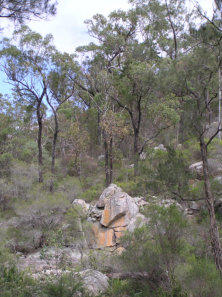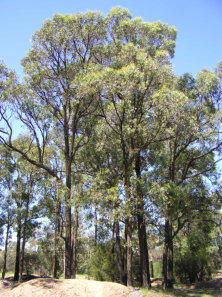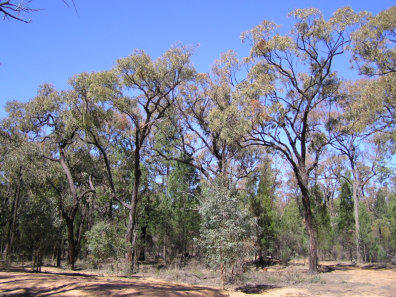


Black Squeaker
Atrapsalta encaustica (Germar, 1834)
© Popple Creative Industries 2014–2025
Male (New South Wales)
Species number (TNS):
415.
Fore wing length:
15–18 mm.
Distribution and seasonality:
Three populations are known: (1)
from elevated areas between
Blackbutt and south of Gatton in
south-east Queensland, (2) from the
Warrumbungles and Pilliga Scrub via
Coonabarabran in central New South
Wales, and (3) from the Putty Road,
Ku-Ring-Gai Chase National Park,
Blue Mountains, Nattai and the Royal
National Park in central eastern New
South Wales south along the coast to
the Victorian border. Adults occur
from September to March.
Notable localities:
Hampton, Mt Mee, Pilliga Scrub,
Blackheath, Royal National Park,
Putty Road (B. Smith), Ku-Ring-Gai
Chase National Park (B.Smith),
Nattai (D. Emery), Wonboyn
(P. Whitington).
Habitat:
Open forest, montane heath and
coastal, warm temperate heathland.
Calling song and behaviour:
Fairly high-pitched, with two song
components. The first component
consists of rapid, repetitive "sip"
phrases. The second component is
similar but the phrases are emitted
more slowly (about three times the
length of those in the previous
component). Singing occurs in bright
sunshine. They prefer to sit on the
trunks of eucalypts, including both
smooth-barked and rough-barked
species. Sometimes burnt trees are
used as a singing perch.
Similar species:
Small Bark Squeaker (species
complex), Sandstone Squeaker
(species complex), Southern
Mountain Squeaker.


dr-pop.net database record
Currently known extent
Habitat

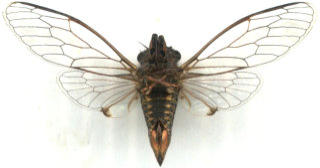

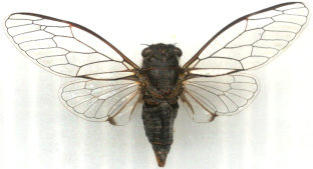
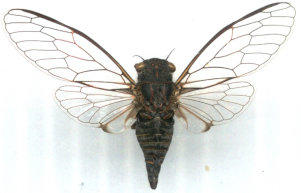
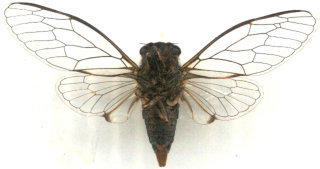
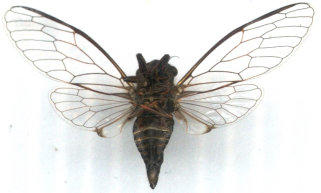
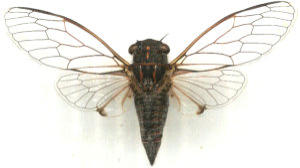
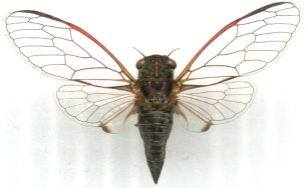

Female (New South Wales)
Male (Queensland)
Female (Queensland)
